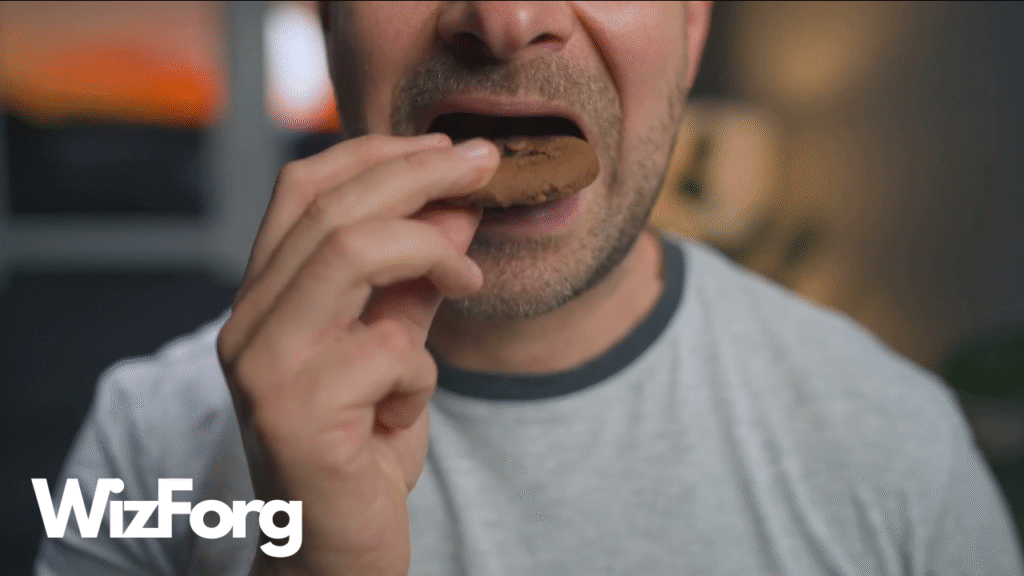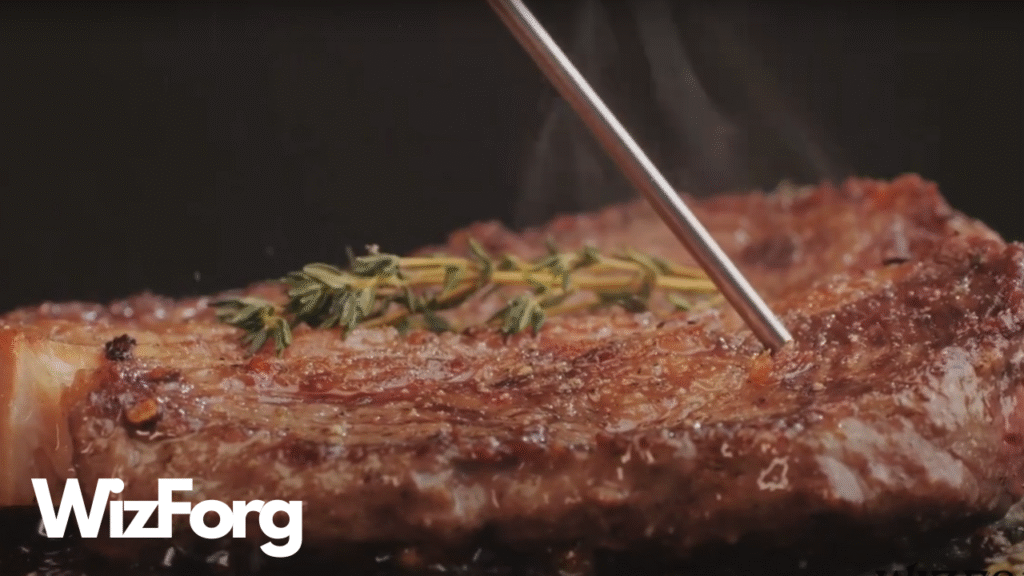Suppose you’ve ever traveled to Switzerland and tried chocolate there. In that case, you may have noticed something peculiar: even brands you recognize, like Toblerone or Lindt, taste richer, smoother, and more indulgent than the versions you’ve had at home. Is it just the Alpine air playing tricks on your taste buds? Or is there a real reason Swiss chocolate tastes better in Switzerland?
The answer involves a little bit of everything: science, ingredients, freshness, national pride, and even psychology.
The Swiss Chocolate Myth?
Swiss chocolate is internationally renowned for its velvety texture and high-quality taste. Whether it’s a high-end bar from a boutique chocolatier in Zurich or a familiar Toblerone picked up at the airport, tourists consistently rave about the flavor experience.
But why does the same Toblerone taste different when you eat it in Switzerland versus in the U.S. or elsewhere?
It’s not your imagination. Swiss chocolate tastes different depending on where it’s made and consumed, and several reasons exist.
1. It’s in the Ingredients
The first and perhaps most important factor comes down to ingredients. Switzerland doesn’t compromise when it comes to what goes into its chocolate. The Swiss government enforces some of the strictest food quality standards in the world. These include:
- High minimum cocoa content requirements
- Use of locally sourced alpine milk
- Limited food additives and artificial ingredients
Swiss milk, known for its purity and richness, plays a crucial role. Cows grazing in alpine pastures produce milk with a different fat profile, contributing to the creaminess of Swiss chocolate.
In contrast, exported Swiss chocolate is often made with slightly adjusted recipes. To comply with international labeling laws, reduce costs, and increase shelf life, companies sometimes:
- Add more sugar and emulsifiers
- Use preservatives and alternative fats
- Modify cocoa-to-fat ratios to meet import restrictions
While the product may still technically be “Swiss chocolate,” its taste profile has changed.
2. Freshness Makes a Difference
Freshness is another major reason chocolate tastes better in Switzerland. When you buy from a local shop or factory outlet, you often get chocolate made just days ago, especially from smaller artisanal producers.
This freshness enhances flavor, aroma, and mouthfeel. Recently produced chocolate retains its original silky texture and complex taste.
Exported chocolate, however, may spend months in transit. Its flavor slowly degrades between storage, customs processing, and sitting on a shelf at your local supermarket. The oils and cocoa solids can separate, and even the scent can dull over time.
In Switzerland, chocolate is often made to be enjoyed fresh, not just to endure the long haul across oceans.
3. Legal & Quality Standards: Not All Labels Are Equal
Switzerland’s Chocolate Tradition: A Matter of Pride and Quality Standards For chocolate to be legally labeled “Swiss,” it must be processed and packaged in Switzerland. This stringent regulation, a testament to Swiss pride, ensures that the chocolate you enjoy is of the highest quality.
Here’s why:
- The Swiss quality label applies to the origin, not necessarily the recipe.
- When companies export, they often tweak formulas to meet the target country’s regulations or customer preferences.
- U.S. and EU food laws differ significantly from Swiss ones regarding what additives are allowed, how cocoa percentages are labeled, and even how “milk chocolate” is defined.
So, the chocolate you buy in a store outside of Switzerland, though made in the same factory, may be designed to meet local standards rather than replicate the same Swiss flavor.
4. Packaging, Shipping, and Storage Conditions
Unveiling the Role of Packaging and Transport in Chocolate Quality, even the seemingly mundane aspects like packaging and transport play a significant role in the quality of Swiss chocolate. Chocolate is sensitive to heat and humidity, and the controlled conditions in Switzerland ensure its quality. However, international shipping can introduce temperature variations that affect the product.
Heat bloom (a white coating that appears when the cocoa butter separates) and oxidation can change the chocolate’s texture and taste over time. These subtle changes can dull what was once a bright, rich flavor.
5. The Psychology of Place: The “Vacation Effect”
There’s also a surprising mental component at play. Studies in food psychology show that we perceive food as tasting better when we’re:
- Relaxed
- Surrounded by beautiful scenery
- Emotionally invested in the experience
In Switzerland, you’re surrounded by breathtaking alpine views, charming villages, and maybe even a bit of nostalgia. That emotional boost can elevate your taste experience. Chocolate tastes better on vacation, and Switzerland makes that moment unforgettable.
Final Thoughts: It’s Real, and It’s Delicious
So, does Swiss chocolate taste better in Switzerland?
Yes, really. It’s not a myth or travel-daydream nostalgia. It’s a combination of:
- Superior ingredients
- Stricter food laws
- Freshness and minimal processing
- Controlled quality standards
- And the magic of enjoying chocolate at the foot of the Alps
While you can find good-quality Swiss chocolate abroad, it’s not quite the same as biting into a silky square crafted days ago in the heart of Switzerland. For the full experience, there’s nothing like enjoying it fresh, surrounded by mountains, and savoring it as the Swiss intended.
🍫 Love food stories like this? We’ve got you covered if you’re planning a trip to Switzerland. Visit our website for more delicious deep dives, and don’t forget to subscribe to WizForg on YouTube for weekly explainers about food, travel, culture, and everything in between. Visit our website for more delicious deep dives, and don’t forget to subscribe to WizForg on YouTube for weekly explainers about food, travel, culture, and everything in between.



